The world of drones is growing rapidly, with both hobbyists and professionals using these flying devices for everything from photography to deliveries. But as drones become more accessible, they also become more dangerous. The most terrifying incidents are drone accidents near airports, and in recent months, the frequency of these accidents has skyrocketed. Recently, one such accident nearly led to the shutdown of a major UK airport, and experts are warning that it’s only a matter of time before one of these accidents leads to a full-scale disaster.
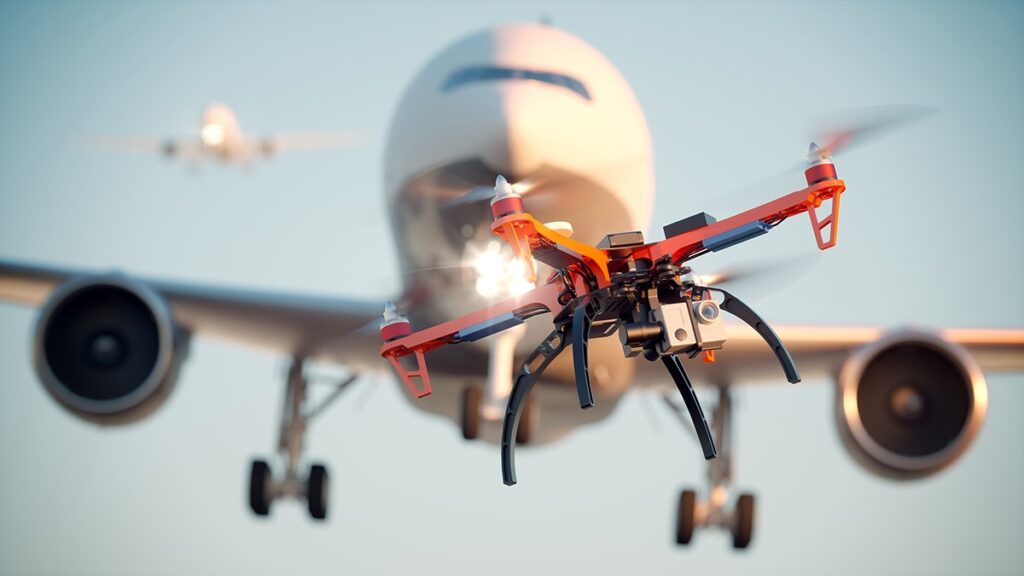
Table of Contents
How One Drone Brought a Major UK Airport to a Standstill
In a dramatic turn of events, a drone accident recently caused chaos at one of the busiest airports in the UK. The drone was spotted flying dangerously close to a commercial airplane as it prepared to land, prompting authorities to halt all incoming and outgoing flights. Passengers were left stranded, and airline schedules were thrown into disarray for hours. This incident highlighted a terrifying new reality — that drone accidents near sensitive airspace are becoming more frequent, and more dangerous.
The event has raised alarms, with many questioning the security surrounding drone ownership and the risks posed to aviation. According to experts, the Air Accidents Investigation Branch (AAIB) is investigating more drone-related incidents than ever before. With over 25% of all UK aviation accidents now linked to drones, it’s clear that the skies are becoming more dangerous(
Dronedesk)(

Why Are Drone Accidents on the Rise?
There are several factors contributing to the sharp increase in drone accidents, particularly near airports:
- Ease of Access: Drones have become more affordable and accessible to the general public, leading to a surge in recreational users who may not fully understand the rules governing airspace. Many operators fly their drones without proper training, leading to errors that could result in accidents.
- Overcrowded Skies: With more drones in the sky, the chances of mid-air collisions are growing. Drones are often difficult for pilots to see, especially in congested airspaces near airports, where commercial jets, helicopters, and small planes are also operating.
- Lack of Awareness: Many drone operators are unaware of the strict regulations governing their use, particularly around airports. They fly their drones into restricted areas, often accidentally, but with potentially catastrophic consequences.
- Malicious Intent: While many drone accidents are unintentional, there have been cases where drones were deliberately flown into restricted airspace. These malicious acts can be devastating, with drones being used to disrupt major events or even create security threats.
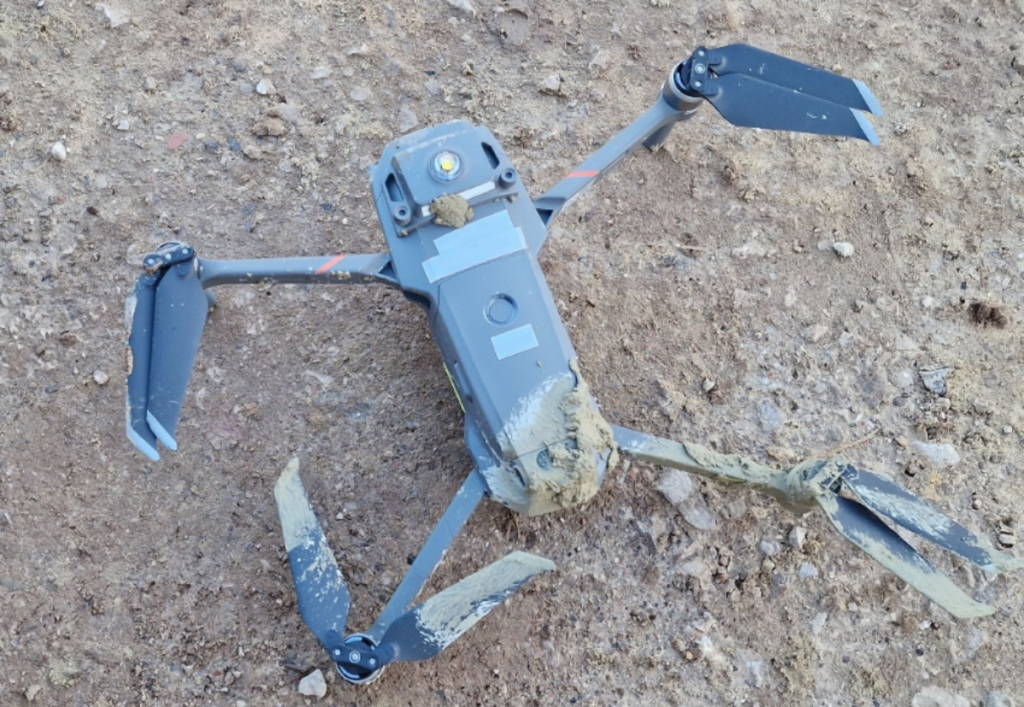
A Growing Concern: Drone Accidents Around the World
It’s not just the UK that’s seeing a rise in drone accidents. Worldwide, drones have caused significant disruptions:
- Gatwick Airport Incident: In December 2018, Gatwick Airport was closed for 36 hours after multiple drones were spotted flying near the runway. The incident affected more than 140,000 passengers and was one of the most severe drone-related disruptions in aviation history. Despite a massive police investigation, the operator of the drones was never identified, showcasing the difficulty of tracking these devices.
- Changi Airport, Singapore: In 2019, Singapore’s Changi Airport — one of the busiest in the world — was forced to shut down its runway multiple times due to unauthorized drones in the area. The airport authority had to cancel or delay dozens of flights as they tried to track down the rogue drone.
- Newark Liberty International Airport, USA: In early 2019, Newark Airport suspended flights after two drones were spotted flying in restricted airspace. This incident mirrored the Gatwick situation, raising concerns about the global vulnerability of airports to drone accidents.

The Drone Accident Database: A Growing Repository of Incidents
According to the Drone Crash Database, more than 350 drone-related incidents have been logged since 2019 in the UK alone. This database tracks accidents, crashes, and near-misses involving drones, from hobbyist operators losing control of their devices to commercial drone operations gone wrong(
Not all drone accidents are as dramatic as those near airports. Many incidents involve drones colliding with buildings, power lines, or even other drones. In some cases, drones have crashed into people, causing injuries and raising further safety concerns. Despite the increasing number of accidents, the Civil Aviation Authority (CAA) continues to work on tightening regulations and promoting education among drone operators to prevent these accidents.
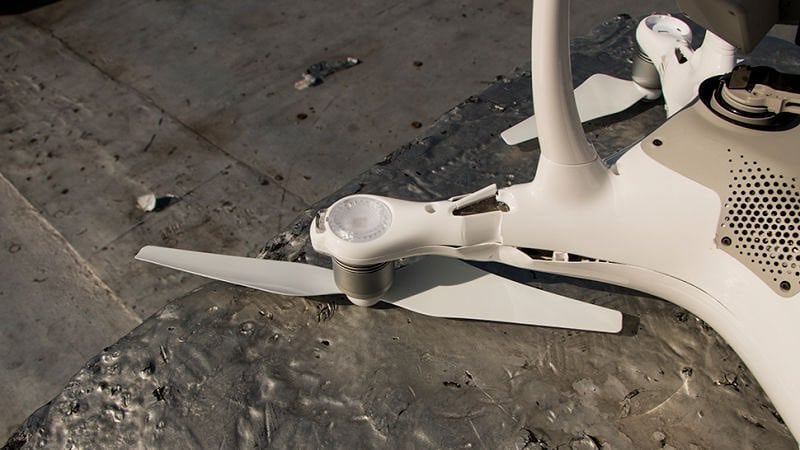
Are We Headed for a Disaster?
With the increasing frequency of drone accidents, experts warn that it’s only a matter of time before a major disaster occurs. The biggest fear is a mid-air collision between a drone and a commercial airplane. Drones may seem small, but their batteries and motors can cause serious damage if they collide with a jet engine or cockpit. In 2017, a drone struck a commercial plane in Canada, damaging the plane’s wing but fortunately not causing any serious harm. It was a close call — and a wake-up call for aviation authorities.
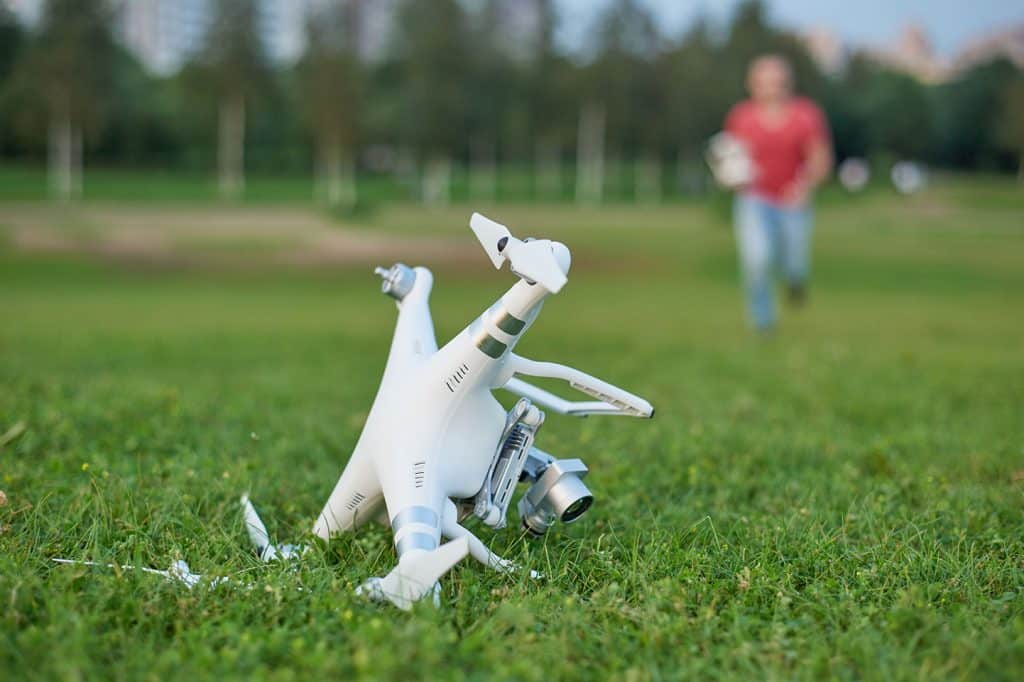
What Can Be Done to Prevent Drone Accidents?
Authorities around the world are implementing new measures to reduce the risk of drone accidents, but many argue that it’s not enough. Here are some of the proposed solutions to mitigate drone-related risks:
- Geofencing Technology: Many new drones come equipped with geofencing technology, which prevents them from entering restricted areas like airports. While this technology is a major step forward, older drones and DIY kits do not always have these protections.
- Stricter Regulations: Governments are introducing stricter rules on drone ownership, including mandatory registration and licensing for drone operators. In the UK, all drones over 250g must be registered, and operators must pass a safety test. However, enforcement remains a challenge.
- Anti-Drone Systems: Airports are increasingly adopting anti-drone systems that can detect, track, and disable rogue drones. These systems use radar, radio frequency scanners, and jamming devices to take control of drones and bring them down safely. Heathrow Airport was one of the first in the UK to adopt such a system after the Gatwick incident.
- Public Education: Educating drone operators about safe flying practices is essential to reducing the risk of accidents. Many recreational users simply don’t know the rules, such as staying below 400 feet or keeping drones at least 5 km away from airports. More public awareness campaigns are needed to ensure that all operators understand these guidelines.
- Stronger Penalties: The UK government has introduced stronger penalties for those who fly drones irresponsibly. Fines can reach up to £1,000 for minor offenses, while more serious breaches — such as endangering an aircraft — can result in up to five years in prison.
Conclusion: Are You Prepared for the Next Drone Accident?
As drone accidents continue to rise, it’s clear that we are facing a growing challenge. Whether it’s a near-miss at a major airport or a drone crash at a public event, the risks posed by drones are real — and they’re not going away anytime soon.
The key to preventing a disaster lies in a combination of technology, regulation, and education. As drone usage continues to grow, authorities and drone operators alike must work together to ensure that the skies remain safe.
Have you ever encountered a drone accident or witnessed one near you? Share your experiences, and let’s continue the conversation about how we can make the skies safer for everyone!
https://drone-gigs.com/bloghttps://drone-gigs.com/comparing-lidar-drones-for-salehttps://drone-gigs.com/lidar-drone-technologyhttps://drone-gigs.com/dji-avata-vs-dji-neohttps://drone-gigs.com/best-drones-for-fishing-in-2024https://drone-gigs.com/why-the-dji-neo-could-be-the-best-budget-drone-of-2024https://drone-gigs.com/why-chinese-drones-are-dominatinghttps://drone-gigs.com/dji-neo-leakhttps://drone-gigs.com/dji-air-3s-leakhttps://drone-gigs.com/top-drone-camera-of-2024https://drone-gigs.com/drone-can-carry-how-much-weight-exploringhttps://drone-gigs.com/drone-can-follow-you-the-ultimate-guidehttps://drone-gigs.com/drone-can-fly-how-far-unveiling-the-mysteries-ofhttps://drone-gigs.com/top-5-beginner-drones-2024https://drone-gigs.com/guide-to-racing-drones-ultimatehttps://drone-gigs.com/is-drone-deploy-the-ultimate-solutionhttps://drone-gigs.com/unmatched-in-the-sky-the-dji-mini-4-prohttps://drone-gigs.com/drone-security-businesshttps://drone-gigs.com/environmental-drone-monitoring-navigating-the-skieshttps://drone-gigs.com/drone-assist-your-key-to-seamless-and-securehttps://drone-gigs.com/dji-avata-2-the-ultimate-review-and-in-depthhttps://drone-gigs.com/search-and-rescue-dronehttps://drone-gigs.com/drone-inspection-businesshttps://drone-gigs.com/top-drone-business-ideas-in-2024https://drone-gigs.com/autel-alpha-unveiled-the-ultimate-guidehttps://drone-gigs.com/agriculture-drone-business-in-2024https://drone-gigs.com/starting-a-drone-photography-businesshttps://drone-gigs.com/flying-2024-beginner-dronehttps://drone-gigs.com/dji-mavic-3-reviewedhttps://drone-gigs.com/drone-licence-requirements-worldwidehttps://drone-gigs.com/the-ultimate-guide-to-dji-drones

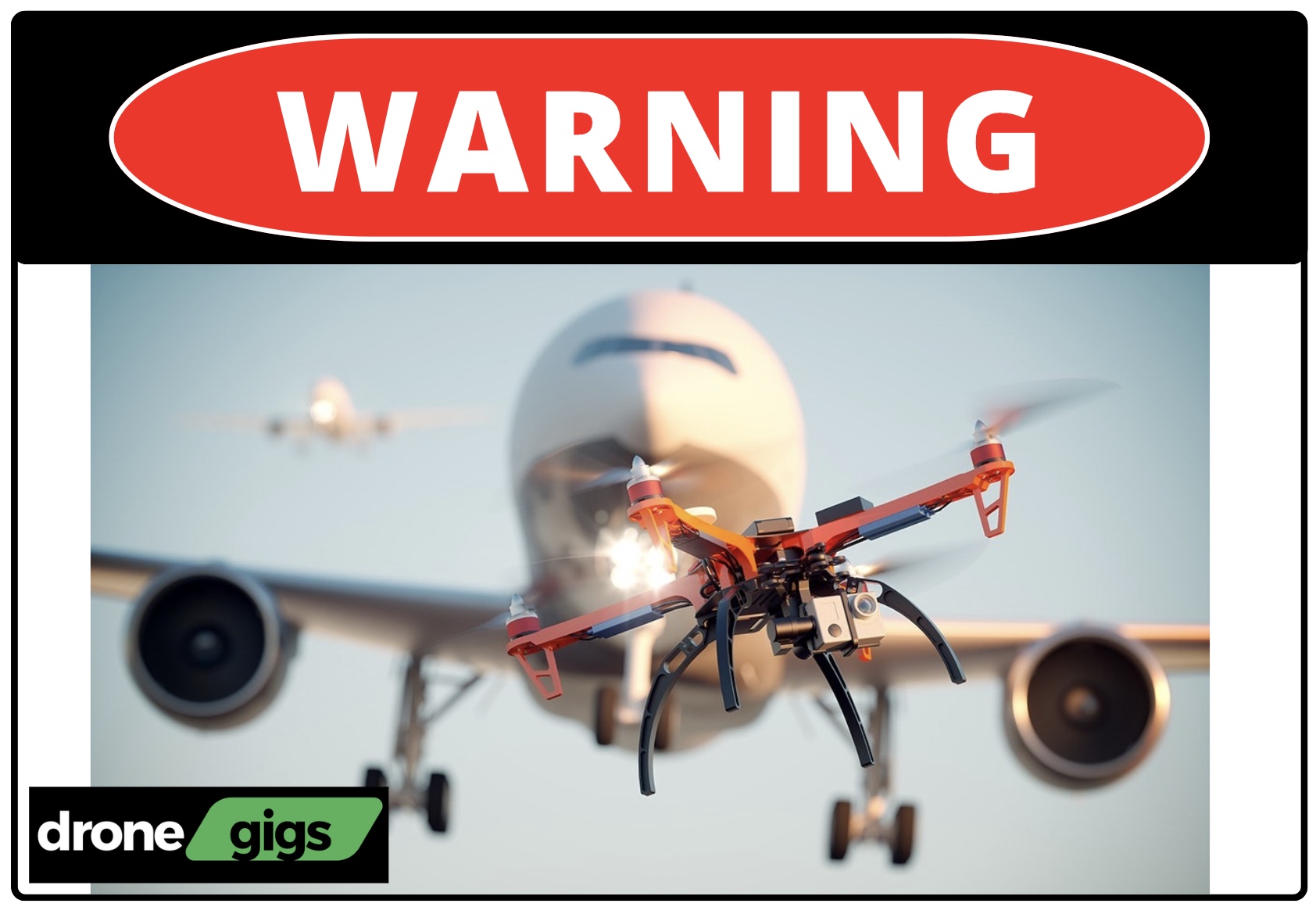
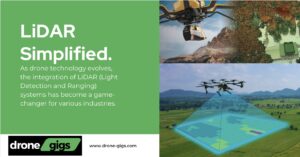

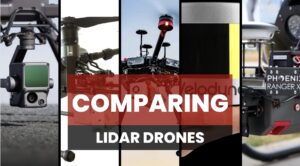
Pingback: The Ultimate Guide to Thermal Drones: What They Do, The Science Behind Them, and Top Models for 2024 - Drone Gigs